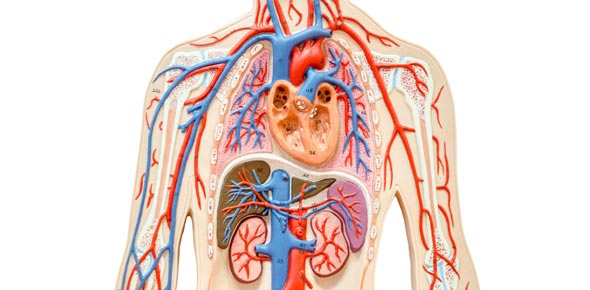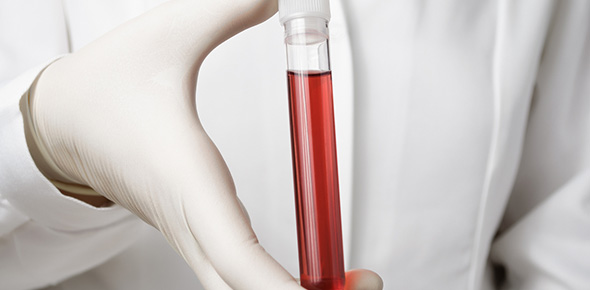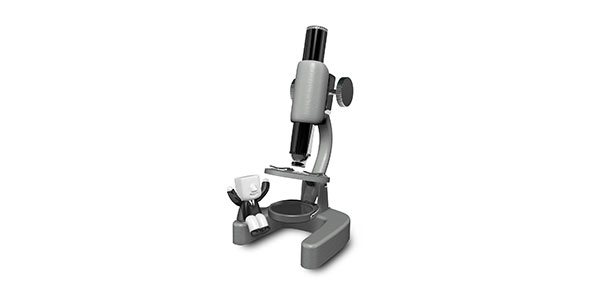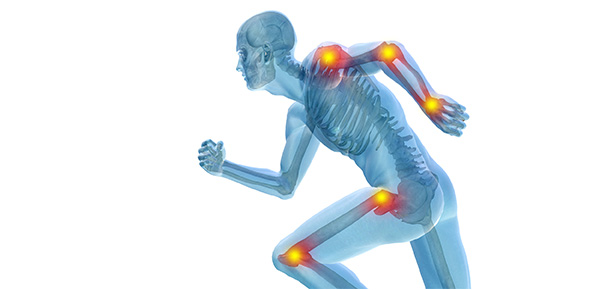Related Flashcards
Related Topics
Cards In This Set
| Front | Back |
|
Cardiac cycle
|
Systemic circulation --> superior/inferior vena cava --> right atrium --> tricuspid valve --> right ventricle --> pulmonary artery --> pulmonary veins --> left atrium --> mitral valve --> left ventricle --> aorta --> systemic circulation
|
|
Diastole
|
Period of relaxation, during which the heart (ventricles) fill with blood
|
|
Systole
|
Period of contraction, during which the heart (ventricles) empty
|
|
Cause of the P wave
|
Depolarization of the atria
|
|
Cause of the QRS complex
|
Ventricular depolarization
|
|
Cause of the T wave
|
Ventricular repolarization, causing the ventricle to relax
|
|
Atrial kick
|
Atria contraction during the last third of ventricular diastole to provide approximately 25% of ventricular filling in each cycle
|
|
Period of isovolumetric contraction
|
Short period after ventricular pressure causes the atrioventricular valves to close but before ventricular pressure exceeds that in the great arteries and semilunar valves open
|
|
Rapid ejection
|
Once ventricular pressure exceeds pressure in the great arteries, this is the first 1/3 of total ejection period when approx 70% of stroke volume is ejected
|
|
Reduced ejection
|
Last 2/3 of total ejection period when 30% of stroke volume is ejected; ends with closure of the semilunar valves
|
|
Isovolumetric relaxation
|
At the end of ventricular systole, when the semilunar valves have already closed but the atrioventricular valves have not yet opened; ends when atrial pressure exceeds ventricular pressure
|
|
Rapid ventricular filling
|
The first 1/3 of ventricular diastole, ventricular pressure falls and atrial pressure increases causing the atrioventricular valves to open and most of ventricular filling
|
|
Diastasis
|
Period of relatively little ventricular filling when blood flows directly from veins through atria to ventricles; follows rapid ventricular filling and ends with atrial systole
|
|
Dicrotic notch
|
Backflow of blood in the aorta suddenly ceases when the aortic valve closes, resulting in no more decrease of aortic pressure
|
|
A wave
|
Increase in atrial pressure caused by atrial contractionleft atria: 7-8 mmHgright atria: 4-6 mmHg
|








